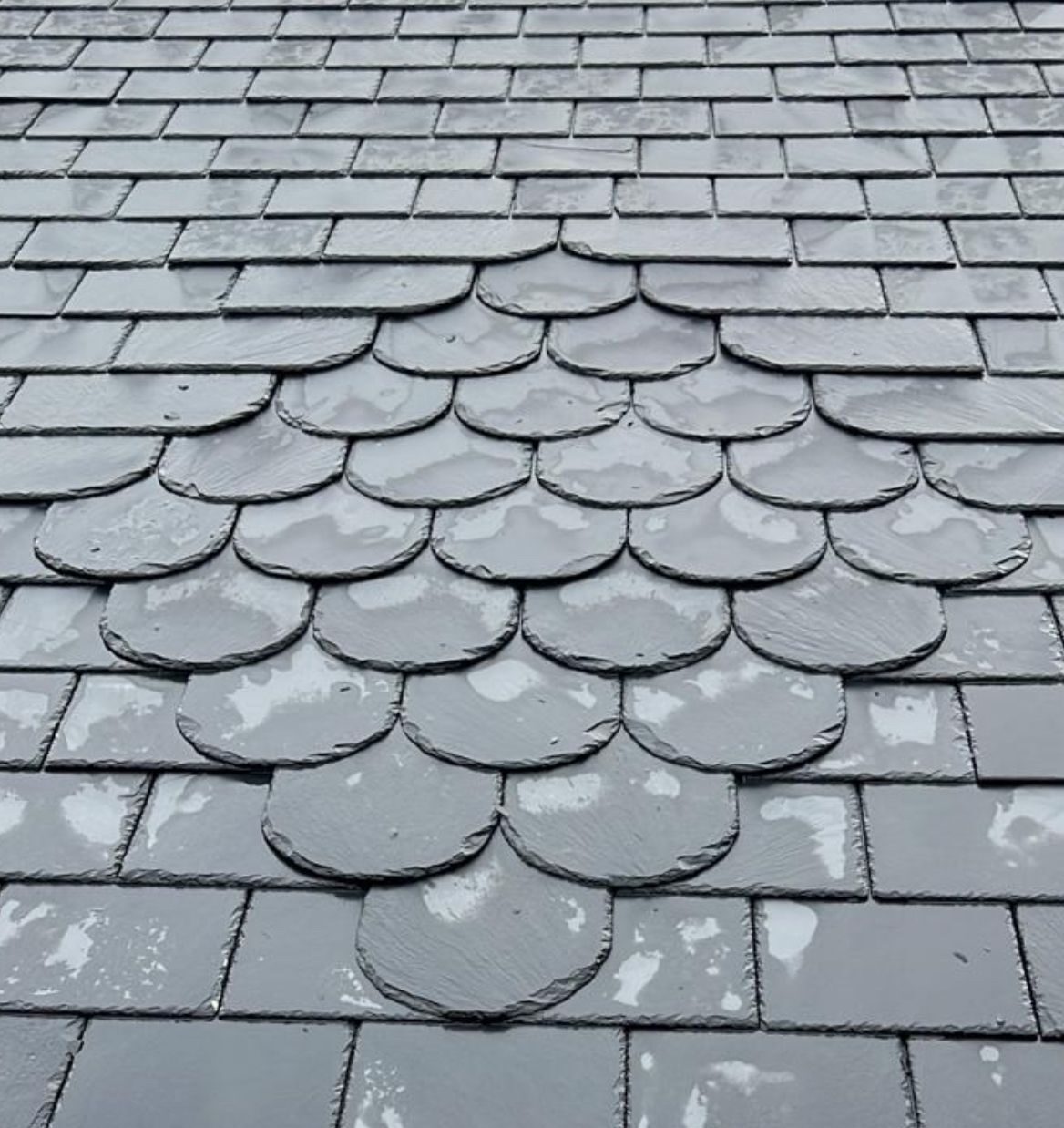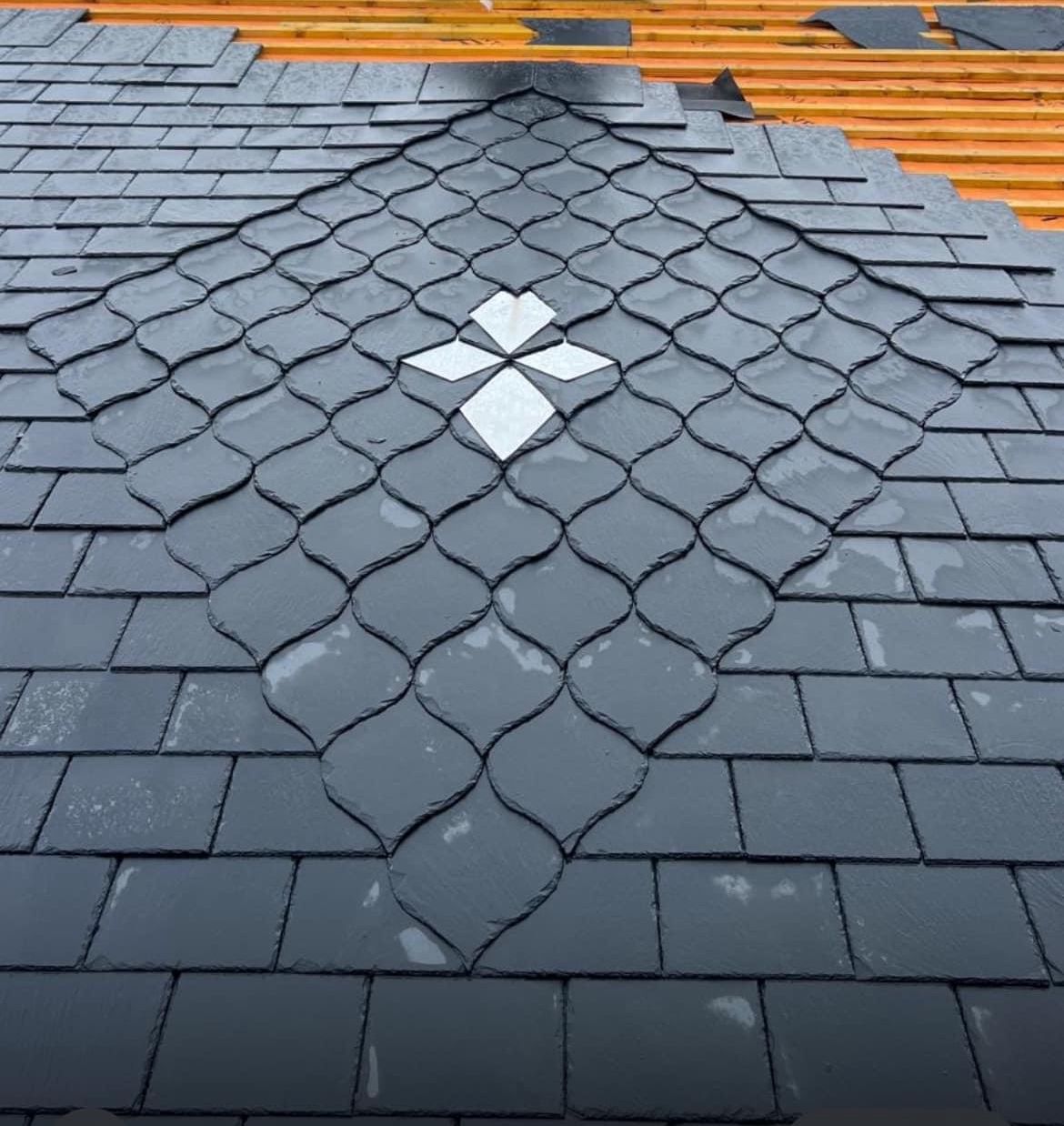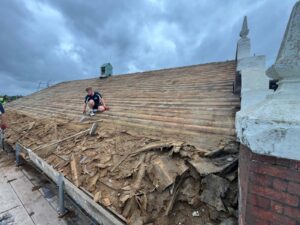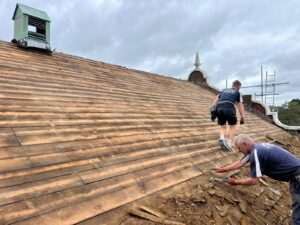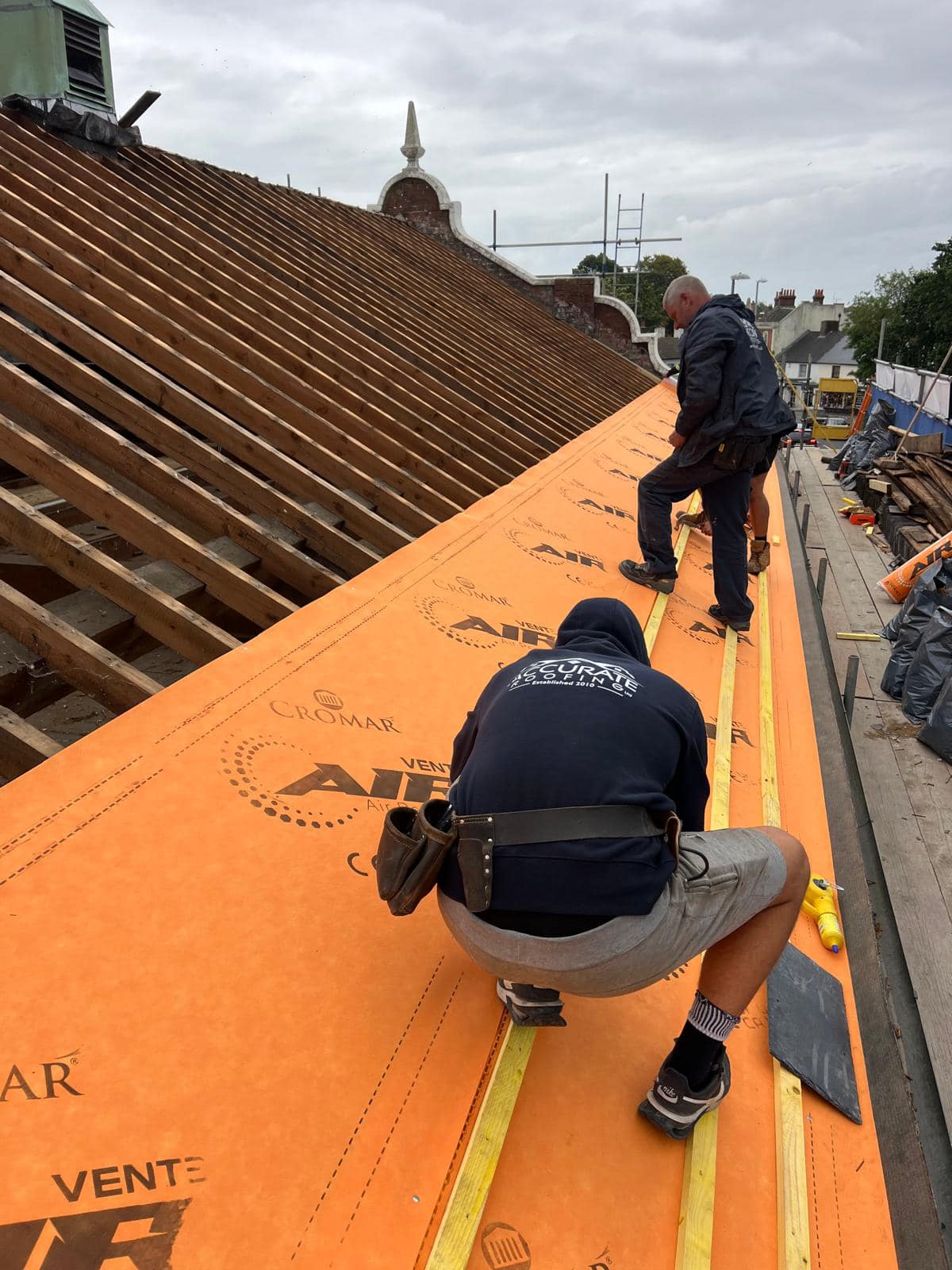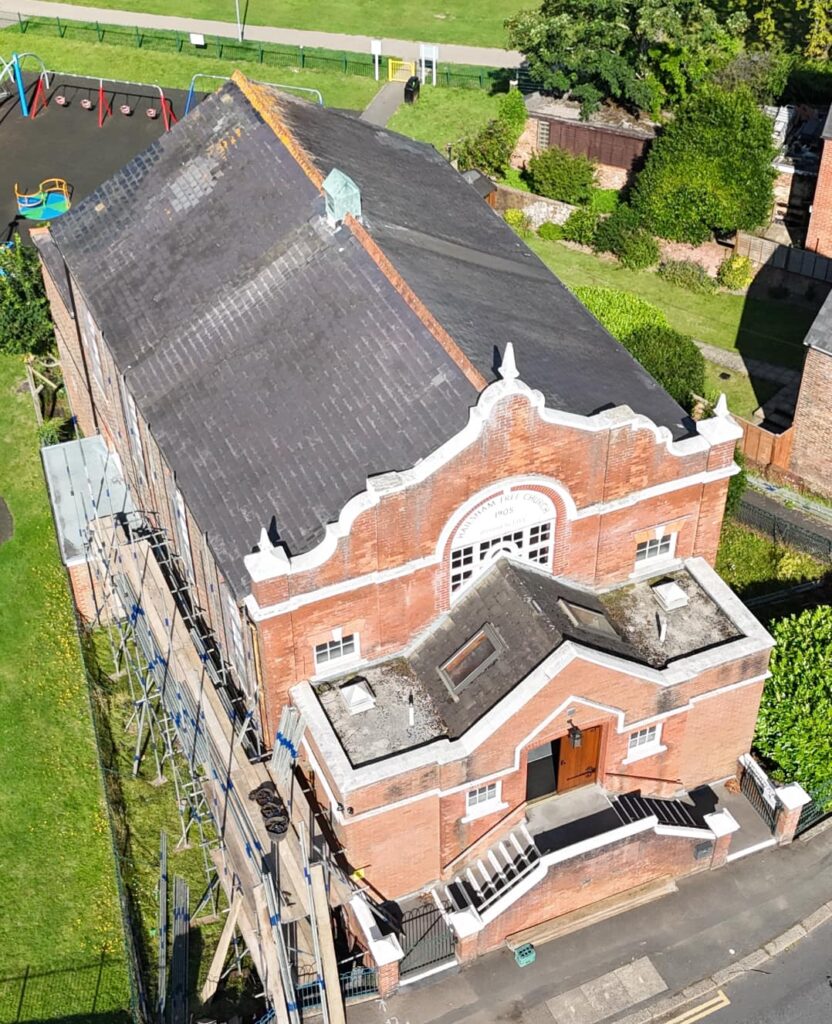
Church Roof Restoration for Hailsham Town Council
Location: Hailsham
ACCRBS is proud to have completed a significant roof restoration project for Hailsham Town Council, transforming the roof of a historic church in the heart of our hometown. This project was both an honour and a privilege, as we worked meticulously to preserve the church’s character while enhancing its structural integrity, ensuring it will remain a cherished landmark for years to come.
Over the course of the project, our team carefully restored the roof, using a blend of new materials and the original elements to maintain the building’s heritage. The restored roof not only enhances the aesthetic appeal of the church but also provides long-term protection, ensuring it is well-prepared to face the elements.
Project Highlights:
- Complete Roof Restoration: Our team worked diligently to restore the roof, preserving the historical integrity of this important building while ensuring it is equipped to handle future weather challenges.
- Preserving Original Features: We retained as much of the original roofing materials as possible, seamlessly integrating new, durable components to ensure both longevity and aesthetic harmony.
- Expert Lead Work: New lead work was expertly installed, enhancing the roof’s durability and ensuring the building is well-sealed and protected from the elements.
- Enhancing the Community’s Heritage: This restoration project not only secured the church’s roof but also contributed to the overall enhancement of Hailsham’s historic town centre, making us proud to have played a part in preserving our community’s heritage.

